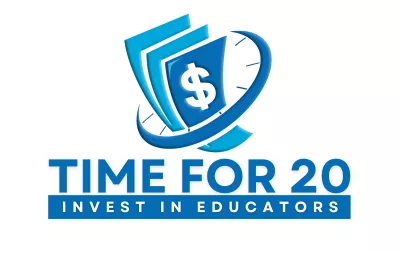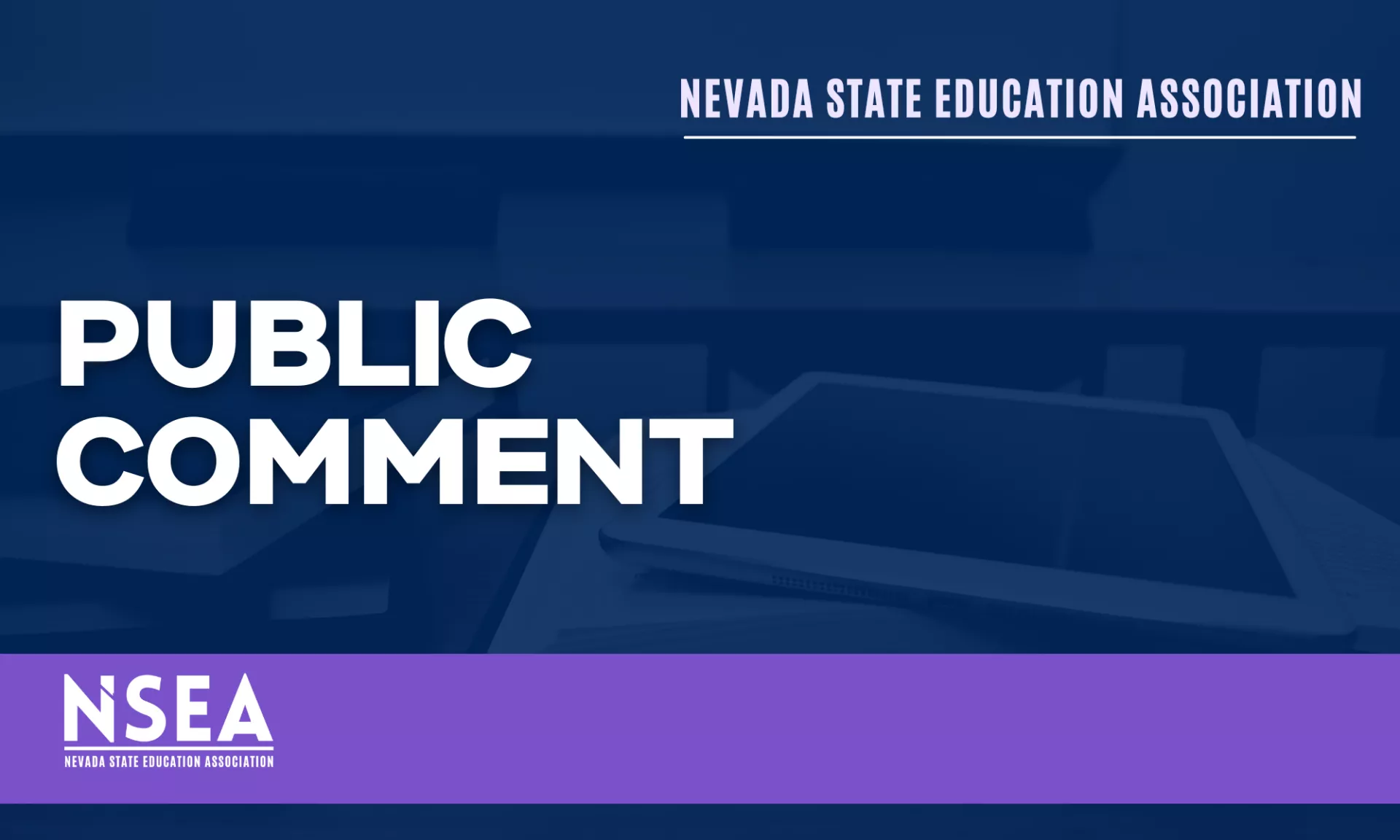Educator Vacancies
Since the COVID pandemic, educators have left their jobs in record numbers due to low pay and severely low morale. While educator vacancies in Nevada are not new, at the mid-point of this school year we still have thousands of school vacancies, with many more positions being covered by long-term substitutes.
A December report from the Economic Policy Institute found there is a widespread national teacher shortage that is especially severe in districts and schools with high percentages of low-income and BIPOC students. They also found the current shortage is not the result of an insufficient number of qualified teachers, but rather low pay and an increasingly stressful work environment. The average pay differential between teachers and other college-degree-holding workers is 23.5%.
Time for 20
A year ago, as Nevada was running record-high vacancies, NSEA launched the Time for 20 campaign. Time for 20 calls for a 20% educator raise, a living wage of $20/hour for those who make schools run, and an average class size of 20 students. NSEA has been calling on Nevada’s elected leaders to fund Time for 20, and time and time again, we have pointed to significant resources available. Last year, as the operations of our schools were imploding, with classes tripled up in auditoriums and buses not running, Nevada’s ending balance was $1.8B, and a surplus of $550M had accrued to the Education Fund. A 20% across-the-board educator raise would cost Nevada about $650M/year. While many are now talking about the largesse of the proposed K12 budget for the next biennium, the truth is Nevada has had the money to address this crisis head-on for the better part of the past year, yet little has been done.
Reserves and New Education Revenue
In November 2022, the Commission on School Funding released its report identifying optimal funding as a per-pupil amount of $16,478. The Governor’s budget proposal would increase per-pupil funding to $12,406, which is more than $4000 suboptimal. Nevada still needs another $2B/year to reach our goal.
This begs the question, now what? If banner years for sales tax and gaming revenue with billion-dollar surpluses still leave us this far behind, what’s the plan moving forward? First, the legislature should consider the wisdom of building outsized reserves -- $1.6B in the Rainy Day Fund and $733M in the Education Stabilization Fund are excessive when those monies could be used to increase educator pay and reduce class sizes, and $50 million for more vouchers is the wrong way to go when public schools are still underfunded. Second, instead of cutting taxes, listen to your own Commission on School Funding who worked for years developing a plan to reach optimal funding by 2032.
Finally, to those who rightfully have been criticizing the absence of a raise in the Governor’s budget proposal, you may recall that due to the freeze instituted in the new funding plan, students and educators in some districts won’t see a penny of what is being hailed as “the single largest investment in K-12 education” and others are still severely impacted. With district budgets frozen, it’s a challenge for impacted districts like Carson City to pay for raises.
Lift the freeze. Raise educator pay. Keep public money in public schools. Free the reserves. Reduce class sizes. Implement the plan. Reach optimal funding. Educate the kids. It’s Time for 20.

